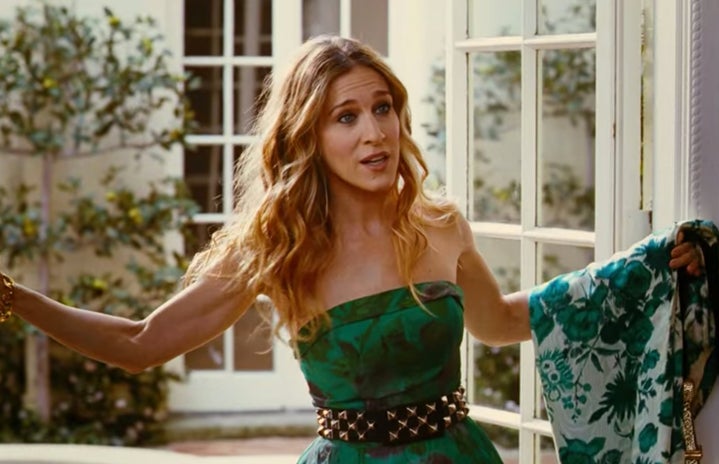Prancing through the streets of Manhattan wearing designer shoes, Carrie Bradshaw lives the life that many girly girls grow up dreaming of— but the legend of this character has gone through so much (and so many reboots too)!
Since first airing in 1998, Sex and the City has grown with generations of women as they navigate adulthood. It originally aired for six seasons from 1998 to 2004, but with so much success, fans wanted to see more. The girls then hit the theaters with two movies airing in 2008 and 2010.
Now, even in the 2020s, the demand to see more of the girls is alive! An all-new reboot, And Just Like That, aired its first season in 2021; its third is expected in 2025.
Almost thirty years after the show first aired, women are still captivated by the lives of these women living in New York City, navigating relationships, strengthening friendships, and exploring new opportunities. But why? As Martina McBride famously sings, This One’s for the Girls.
The four main characters experience real things that women go through. Carrie has a catastrophic love life; Samantha fears aging; Miranda is a single mother; and Charlotte is forced to choose to pursue an art career or become a housewife. By centering on often controversial yet real topics, the show has opened the door to important conversations about the corners of womanhood that aren’t so glamorous.
And these four girls know they have something worth fighting for: supportive female friendships! Although the girls all have their moments of friendship fights, they always settle things in the end. By working out their problems and always prioritizing their relationships, they represent female friendships in a way that is so different from most mainstream media portrayals.
While pop culture media tends to pit women against each other in a never-ending cycle of competition, Sex and the City flips this stereotype on its head. Centering on storylines that allow for both romantic and platonic relationships, this show proves that both can be represented side-by-side.
Audience expectations are shattered as the show widens the possibilities of what its wonderful female characters can do and be— inspiring women to write their futures without preconceived ideas that interfere with their potential.


